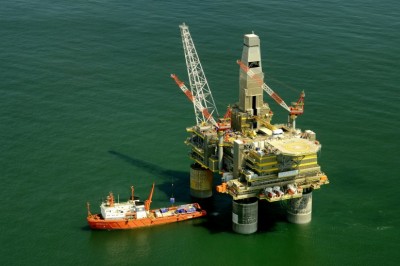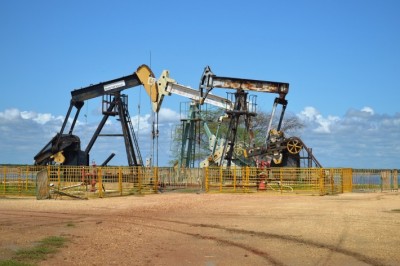LPG Conservation: The Need of the Hour
LPG (liquefied petroleum gas) is essentially a mixture of hydrocarbon gases. It is used as a fuel in heating devices. If we look at its attributes, then LPG is primarily colorless, odourless and heavier when compared to air. Moreover, even a small leak can be easily detected as it has an unpleasant smell of rotten cabbage. If we look at its uses, then LPG finds a wide variety of applications as a fuel for cooking, automotive use and for heating purposes. Cylinder gas is also non-toxic and non-corrosive. The production of cylinder gas follows a specific procedure i.e. it is produced as a byproduct during the production of petroleum. It is also produced as a byproduct during the distillation of oil and gas. This gas is stored in tanks and then it is transported to various places in either tanker trucks or cylinders. However, one point that should be noted is that this storage and transportation is done in solely liquid form. In order to store large amounts of gas for future use, one can store it in bulk in tanks, and it can even be buried underground if the need arises. One point to be mentioned here is that this gas burns with no soot and hence poses no problem with respect to ground or pollution hazards. Dr. Walter Snelling first produced the cylinder gas commercially in the year 1912. In the present day, it accounts for 3% of the energy consumed. Here if we compare cyrinder gas (LPG) with natural gas, then we will find out that LPG has a higher calorific value when compared to natural gas. But if one thinks of substituting the natural gas, then LPG can be mixed with air to produce SNG (synthetic natural gas). This SNG finds usage in public and industrial installations where emergency backup systems are of vital importance. Then a major area that needs to be focused on while discussing cylinder gas is its non- renewable nature. As LPG is derived from fossil fuels that are finite in nature, looking at the current rate of use it is sure to end someday soon. But if we use it in combination with technologies supporting non-renewable nature, then it can easily be used for a longer time. Some of these technologies include LPG and solar thermal heating, LPG and ground source heat pumps and LPG and air source heat pumps. Overall, in todays life, cylinder gas is an indispensable requirement, but it should be used with proper care and the need of the hour is to employ strategies to conserve it for future use.




















